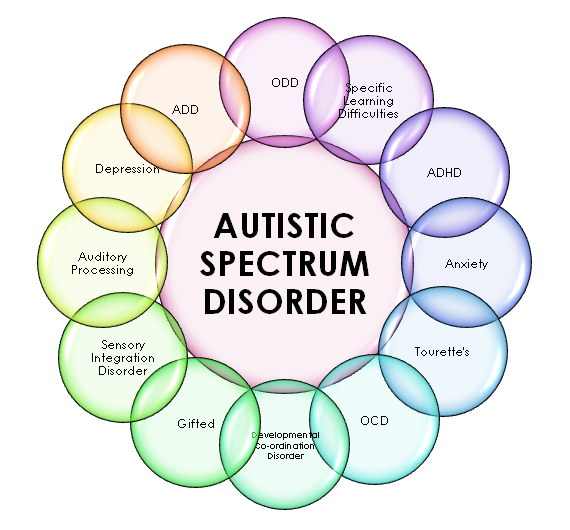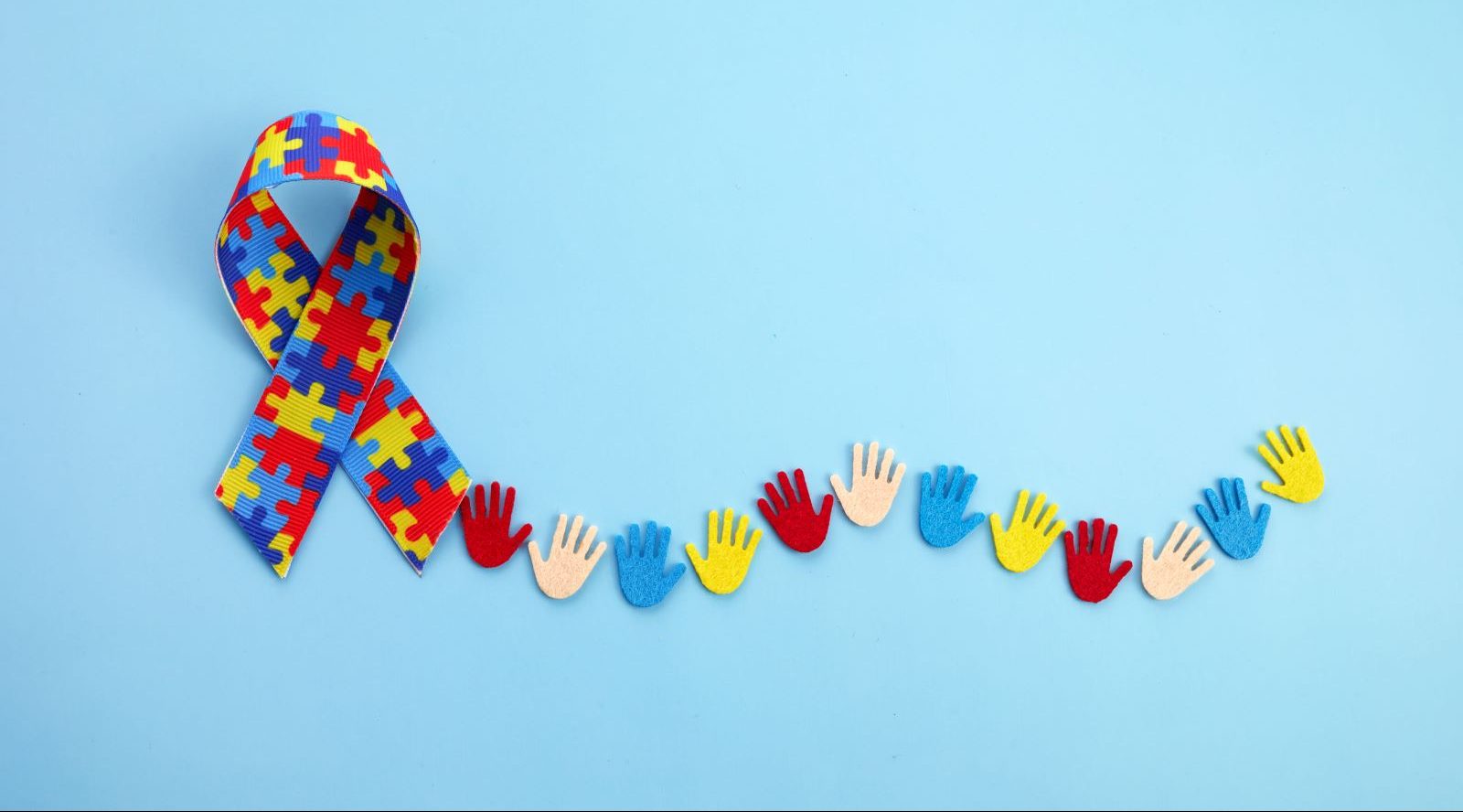Discovering Autism: Approaches for Reliable Interaction and Interaction
Efficient interaction and communication with individuals on the autism spectrum demand a thorough understanding of their special needs and choices. Techniques such as using clear language, utilizing aesthetic supports, and cultivating regular routines can substantially boost engagement and minimize anxiety. Recognizing the value of non-verbal cues and shared rate of interests paves the way for purposeful links. Nonetheless, the intricacies of these techniques disclose further considerations that merit expedition, particularly in just how they can be adjusted to varied contexts and private experiences. What might these adaptations appear like in practice?
Understanding Autism Range Problem
Autism Spectrum Disorder (ASD) includes an array of neurodevelopmental problems identified by challenges in social interaction, communication, and repeated actions. The term "spectrum" mirrors the diverse symptoms and varying levels of severity experienced by people with ASD. While some may show significant disabilities, others might show high-functioning attributes, permitting for greater freedom in every day life.
The onset of ASD normally occurs in early youth, with signs frequently recognizable by age 2. Very early indications may consist of delayed speech advancement, minimal eye call, and troubles in understanding social hints. Although the specific etiology of ASD stays vague, research study suggests a combination of ecological and hereditary variables plays an essential function in its advancement.
People with ASD typically have special staminas, such as increased interest to detail and phenomenal memory abilities. They may have a hard time with comprehending abstract ideas and managing changes to routine - autism. As a result, treatments and assistance tailored to specific requirements are important for cultivating communication and social abilities. Recognizing the intricacy of ASD is vital for advertising recognition, approval, and efficient strategies that promote purposeful interactions with individuals on the spectrum.

Relevance of Clear Communication
Reliable interaction is crucial for promoting understanding and link, especially for individuals with Autism Spectrum Problem (ASD) Clear interaction not only helps with social interactions however likewise improves the individual's capacity to reveal their feelings, demands, and thoughts. For people with ASD, the nuances of language can frequently be challenging; for that reason, using unambiguous and simple language is vital.
Moreover, clear communication helps lower stress and stress and anxiety that might develop from misunderstandings. When messages are communicated in a regular and direct fashion, individuals with ASD are much better equipped to translate information properly, which can considerably boost their social interaction and engagement in different setups.
Establishing routines and utilizing aesthetic supports can further bolster clear communication. These strategies give individuals with predictable structures that aid comprehension and retention of details. Additionally, actively being and paying attention individual during interactions advertises a supportive environment where individuals with ASD feel valued and recognized.
Ultimately, prioritizing clear interaction not just empowers people with ASD but likewise cultivates even more meaningful connections with their peers, caregivers, and the broader neighborhood, leading the way for inclusive interactions and collective partnerships. - autism
Non-Verbal Communication Techniques
Communication prolongs beyond words, and for individuals with Autism Spectrum Condition (ASD), non-verbal signs play a substantial duty in communications. Non-verbal interaction strategies can consist of face expressions, motions, body movement, and eye call, all of which work as vital elements for sharing intents and feelings.
Recognizing and analyzing these non-verbal signals can improve communications with people with ASD. A cozy smile or open stance can develop an inviting ambience, urging interaction. Making use of aesthetic help-- such as image cards or signs-- can bridge interaction voids and assist convey messages extra properly.
It is also vital to be conscious of personal room, as people with ASD may have various convenience levels concerning proximity. Observing their responses to physical closeness can educate proper adjustments.

Creating Encouraging Atmospheres
Creating a helpful atmosphere is important for fostering favorable interactions and boosting the wellness of individuals with Autism Range Problem (ASD) Such settings can substantially reduce anxiousness and produce a feeling of security, allowing people to share themselves a lot more freely.
To attain this, it is important to consider sensory level of sensitivities that individuals with ASD might experience. Customizing the physical room to include soft lights, very little history noise, and comfy seating can produce a calming ambience. Additionally, utilizing consistent routines and clear aesthetic schedules can assist people expect shifts and reduce uncertainty, more promoting comfort.
Social rooms should be structured to reduce frustrating stimulations while providing chances for involvement in preferred activities. Promoting areas assigned for silent time can also work as a sanctuary throughout moments of stress. Importantly, including elements of selection equips individuals, allowing them to exercise agency in their setting.

Urging Social Interactions
Promoting social interactions among people with Autism Spectrum Problem (ASD) calls for deliberate approaches that prioritize comfort and involvement. Establishing foreseeable regimens can help lower anxiety, making social setups much more friendly. Developing organized environments with specified duties and roles enables people to involve without the overwhelming stress of unstructured social dynamics.
Integrating passions and toughness Get More Info right into social activities can function as a catalyst for communication. Arranging team tasks around shared leisure activities or subjects of attraction can assist in all-natural conversations and links. In addition, utilizing visual supports, such as photographic routines or social manuscripts, can help in comprehending social hints and expectations.
Designing suitable social actions is crucial - autism. Peers and adults ought to show effective communication techniques, consisting of energetic listening and turn-taking. Role-playing circumstances can additionally give a risk-free room for people to exercise these abilities
Last but not least, fostering peer partnerships with comprehensive practices is crucial. Motivating inclusive playdates or group outings can produce chances for socialization in a comfy setting. By applying these strategies, instructors and caregivers can substantially improve social interactions for individuals with ASD, promoting their total right here social growth and wellness.
Final Thought
In verdict, reliable interaction and interaction strategies are essential for sustaining individuals with Autism Range Condition. Ultimately, these approaches empower people with autism to browse social landscapes, advertising their general wellness and making it possible for the growth of long lasting partnerships.
Effective communication and interaction with individuals on the autism spectrum require a detailed understanding of their distinct demands and choices. Clear interaction not just helps with social interactions however also improves the individual's capacity to share their needs, ideas, and feelings.Cultivating social communications amongst people with Autism Range Condition (ASD) requires willful strategies that focus on convenience and interaction. By carrying out these caregivers, approaches and instructors can substantially boost social communications for people with ASD, promoting their browse around these guys general social growth and well-being.
In verdict, efficient interaction and communication strategies are vital for supporting people with Autism Spectrum Condition.